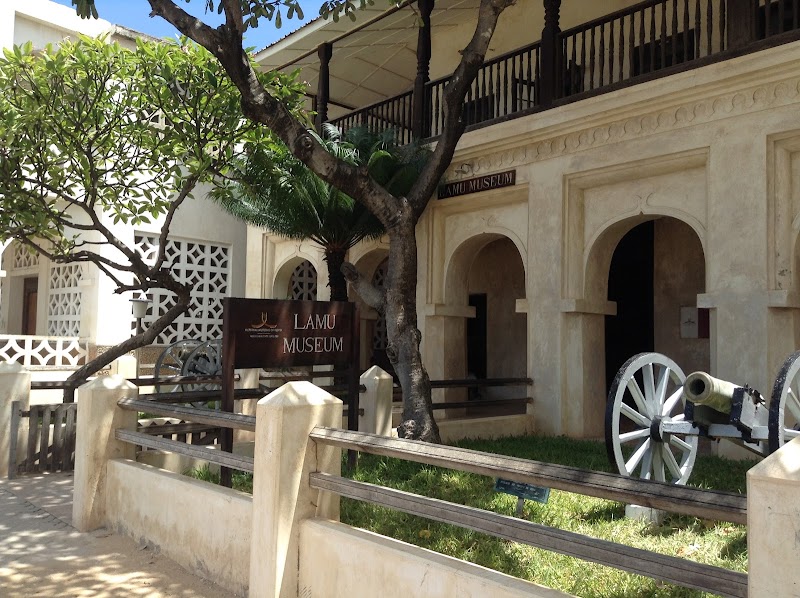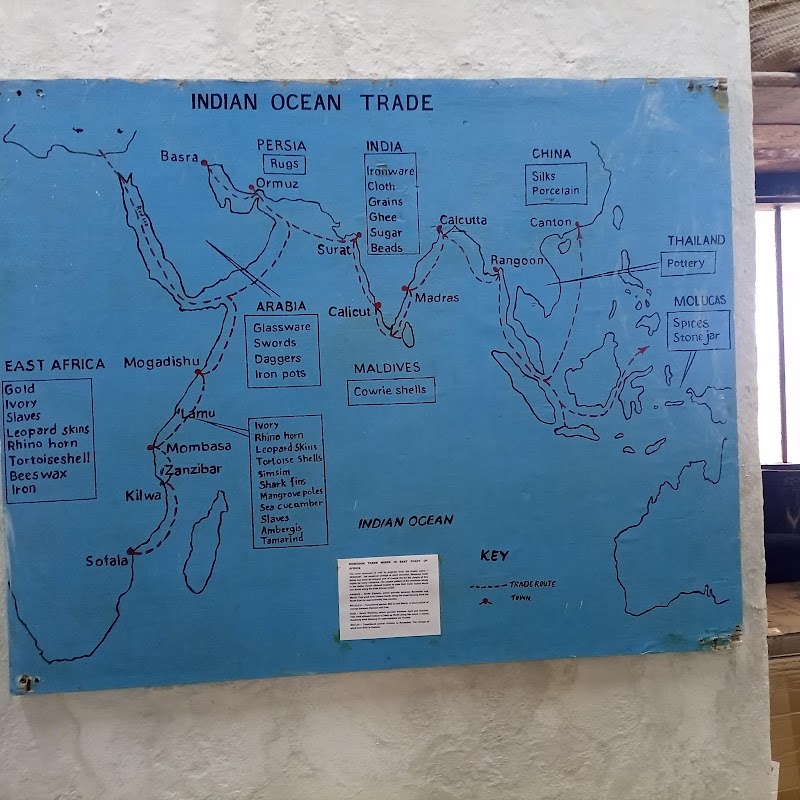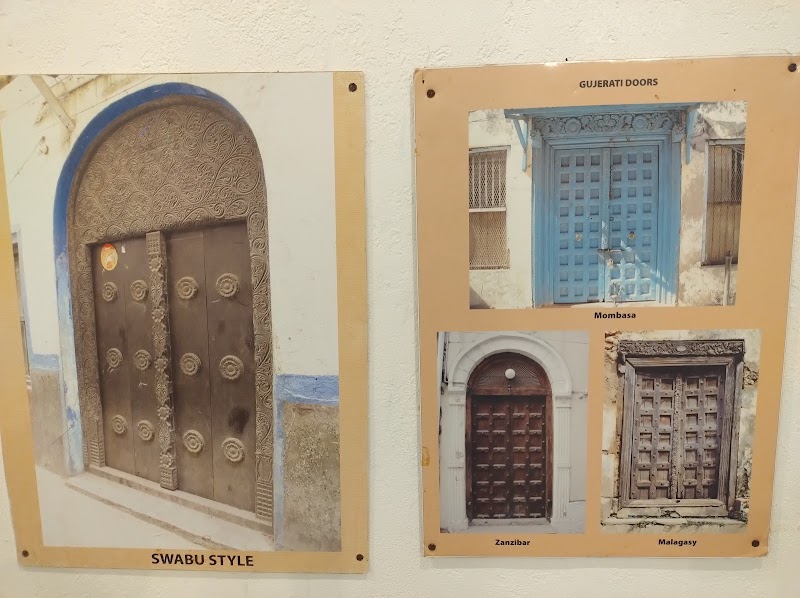Investors
Oops! Something went wrong while submitting the form.




Nestled in the heart of Lamu Old Town, the Lamu Museum offers visitors a fascinating glimpse into the rich history and cultural heritage of the Lamu Archipelago in Kenya. For anyone planning a trip to Lamu, Kenya, this museum is an essential activity that blends education with the charm of one of Kenya’s oldest Swahili settlements. Its strategic location in a beautifully restored building makes the museum easily accessible for travelers exploring the narrow streets and bustling markets of Lamu.
The Lamu Museum serves as a treasure trove showcasing artifacts, photographs, and exhibits tracing the island’s past from ancient trade routes and Swahili architecture to the diverse communities that shaped the area over centuries. Visitors interested in things to do in Lamu, Kenya, will find this a compelling way to dive deeper into local traditions and history without spending a fortune. The entry fee is relatively modest, making it one of the cheap activities in Lamu, Kenya, that’s both budget-friendly and enriching.
For frequent travelers and travel enthusiasts, exploring the museum offers a perfect complement to other activities in Lamu, Kenya, such as dhow sailing, exploring nearby beaches, or wandering through historic streets. The museum provides a quiet, reflective space that balances the laid-back coastal vibe with educational insight. This makes it a convenient stop on a well-planned itinerary, especially when combined with other cheap activities around town.
Getting there is straightforward whether you’re arriving on foot or by a short taxi ride from the island’s main jetty. Those looking to fly to Lamu, Kenya, should note the proximity of the museum to accommodations concentrated in Lamu Old Town, which saves additional travel time and cost within the island. Planning a visit here allows travelers to make the most of a day packed with cultural immersion and discovery.
For those using an AI travel agent or a trip planner app, suggesting the Lamu Museum as part of the activities in Lamu, Kenya, ensures a well-rounded experience that highlights local art, history, and culture. It’s an ideal cheap activity for travelers who want to uncover more than just the scenic views and beach life. An AI travel agent can also help find cheap flights and bundle activities, making a visit to the museum even easier to fit into your overall trip without hassle.
In conclusion, adding the Lamu Museum to your list of things to do in Lamu, Kenya, provides a meaningful and budget-conscious activity that enriches your understanding of this unique region. Combining convenience, accessibility, and cultural value, it’s a standout destination for those interested in authentic local experiences. For travelers eager to explore more efficiently, an AI travel agent or trip planner app can recommend this gem alongside other cheap activities in Lamu, ensuring a rewarding and well-organized trip to this captivating Kenyan island.